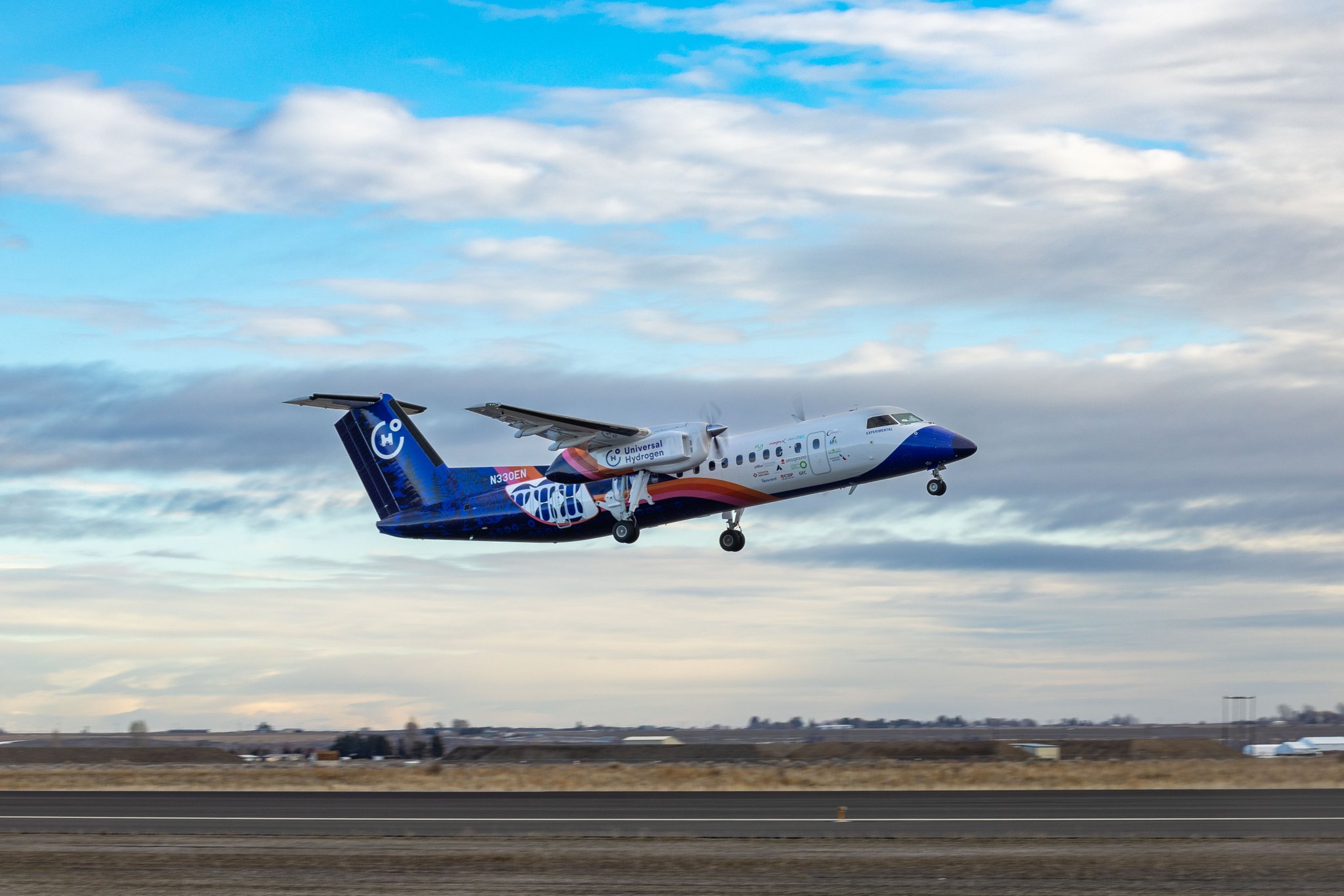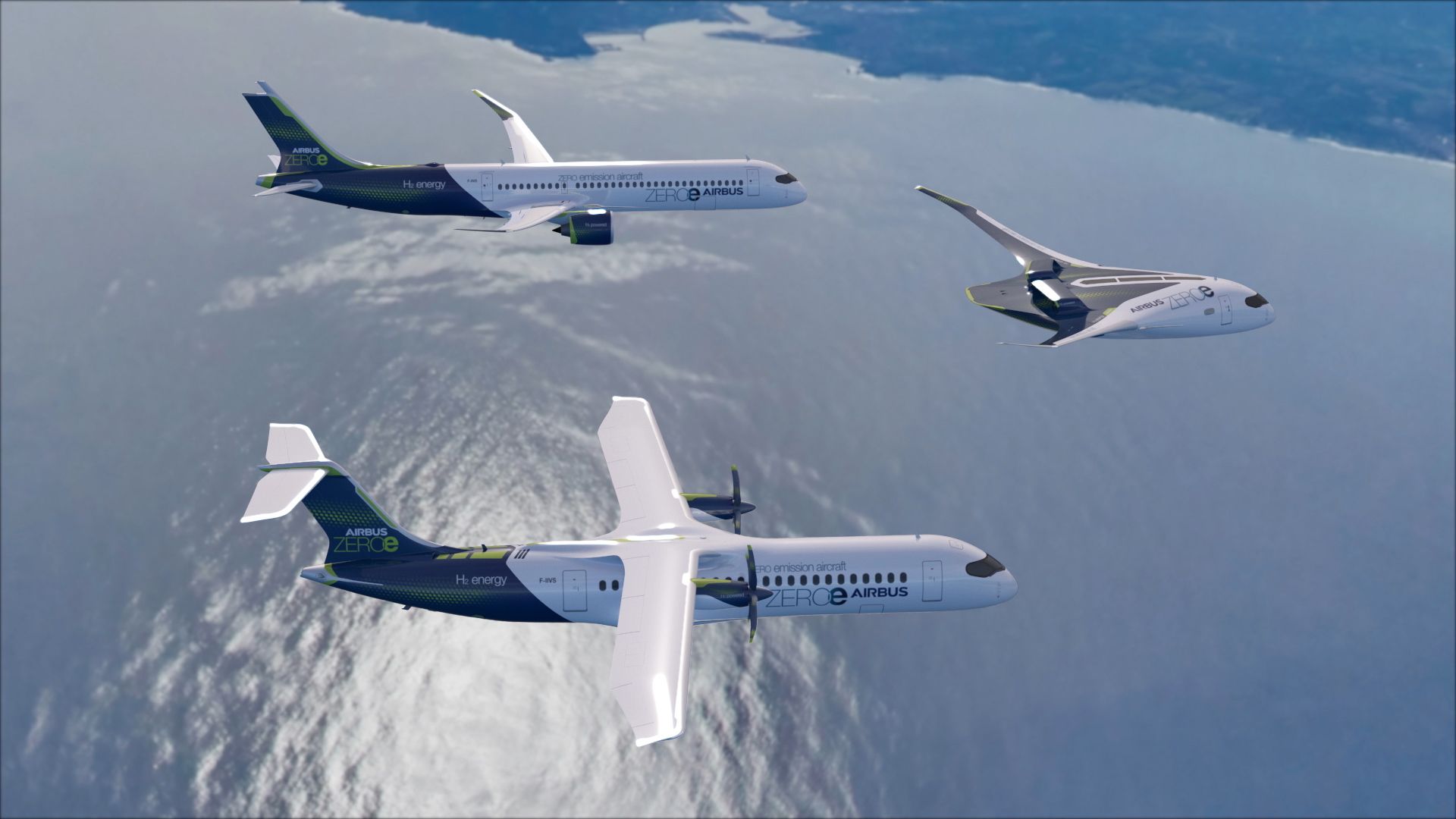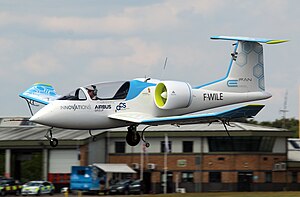Leeham News and Analysis
There's more to real news than a news release.
Bjorn’s Corner: Air Transport’s route to 2050. Part 26.
June 13, 2025, ©. Leeham News: We do a Corner series about the state of developments to improve the emission situation for Air Transport. We try to understand why development has been slow.
We have examined different ways to lower global warming over the course of the series. Over the last weeks, we have summarized what practical results we can expect from the different alternatives we have to reduce global warming from Air Transport. We looked at the following alternatives:
Bjorn’s Corner: Air Transport’s route to 2050. Part 21.
May 9, 2025, ©. Leeham News: We do a Corner series about the state of developments to improve the emission situation for Air Transport. We try to understand why development has been slow.
Since we started in October last year, we have looked at:
- Alternative, lower emission propulsion technologies, ranging from electric aircraft with batteries as energy source, different propulsion hybrids, and new concepts for Jet-fuel and Hydrogen gas turbine engines.
- We have also reviewed recent research on the role of CO2, NOx emissions, and Contrails generated by airliners in global warming.
- Two weeks ago, we summarized the present situation around SAF, Sustainable Aviation Fuel.
Last week, we listed some base data about the present situation for Global Air Transport. We will now use this data to calculate the effect of air transport on global warming from the three alternatives.
Bjorn’s Corner: Air Transport’s route to 2050. Part 12.
March 7, 2025, ©. Leeham News: We do a Corner series about the state of developments to replace or improve hydrocarbon propulsion concepts for Air Transport. We try to understand why the development has been slow.
Last week, we wrote about Pratt & Whitney’s announcement in January: their trials with critical components of their HySIITE engine, Figure 1, showed that they could increase the efficiency of a hydrogen burn engine by 35%!
It does this by intelligently using the water released when hydrogen oxidizes with the air’s oxygen. The water separated from the exhaust is reheated into steam and entered into the engine’s combustion, reducing NOx by 99.3% and increasing the engine efficiency by 35%.
Bjorn’s Corner: Air Transport’s route to 2050. Part 10.
February 21, 2025, ©. Leeham News: We do a Corner series about the state of developments to replace or improve hydrocarbon propulsion concepts for Air Transport. We try to understand why the development has been slow.
Last week, we reviewed the present fallout of lower emission projects that have not reached their goals and where investors, therefore, have decided not to invest further.
There is a well-known project failing every month at the present pace. Some recent ones: Universal Hydrogen’s ATR conversions, Volocopter and Lilium’s bankruptcies, Airbus freezing the CityAirbus eVTOL (Figure 1) and pushing out the ZEROe hydrogen airliner, hibernation of the Alice battery aircraft, etc. There will probably be more in the coming months.
Bjorn’s Corner: Air Transport’s route to 2050. Part 9.
February 14, 2025, ©. Leeham News: We do a Corner series about the state of developments to replace or improve hydrocarbon propulsion concepts for Air Transport. We try to understand why the development has been slow.
We have covered the progress of battery-based aircraft and hybrids. Last Corner started looking at hydrogen-fueled alternatives. A day after the Corner, the Airbus workers union Force Ovrier published information from an Airbus internal meeting, in which the airframer delayed the introduction of a hydrogen aircraft by 2035 to about 10 years later. As a consequence, it reduces the R&D spending on the development of hydrogen propulsion technologies.
Bjorn’s Corner: Air Transport’s route to 2050. Part 8
February 7, 2025, ©. Leeham News: We do a Corner series about the state of developments to replace or improve hydrocarbon propulsion concepts for Air Transport. We try to understand why the development has been slow.
We have covered the progress of battery-based aircraft and hybrids, where the last Corner was about the most sensible hybrids, the mild hybrids. Now, we turn to hydrogen-fueled alternatives.
Bjorn’s Corner: Air Transport’s route to 2050. Part 7.
January 31, 2025, ©. Leeham News: We do a Corner series about the state of developments to replace or improve hydrocarbon propulsion concepts for Air Transport. We try to understand why the development has been slow.
We have covered the progress of battery-based aircraft and hybrids, both serial and parallel hybrids. A couple of mild hybrids have a larger chance of success than the ones we described. We will look into these and then start looking at different hydrogen-fueled alternatives.
Bjorn’s Corner: Air Transport’s route to 2050. Part 1.
October 18, 2024, ©. Leeham News: In Corners over the last years, we have covered new airliner technology and engine developments that would apply to the next-generation airliners in the largest segment of the market, the single-aisle segment, or as we like to call it, the Heart of the Market segment, as it’s not sure it will be a single-aisle aircraft.
The series has assumed this generation will be hydrocarbon-fueled gas turbine-propelled airplanes. Therefore, it has not covered the current state of alternatives to gas turbine-based hydrocarbon propulsion.
We will cover this now. We are now 10 years into the discussions and work of reducing Air Transport’s reliance on hydrocarbon fuels, which started in earnest when Airbus flew the E-Fan battery-electric aircraft at the Farnborough Air Show in 2014, Figure 1.
How are we doing?
The Exception to the Green Propulsion Rule
Subscription required
By Bjorn Fehrm
November 30, 2023, © Leeham News: The interest in Green alternative propulsion for airliners started in earnest at Farnborough Air Show 2014, where Airbus flew the E-Fan battery-electric aircraft. What followed was a dense stream of alternative propulsion airliner projects.
They all have in common that nothing much has come out of them. We have a Pipistrel two-seat trainer that can fly for 50 minutes on batteries, but not much else. More elaborate projects have wide slips in their plans, and nine years later, we lack real prototypes for all projects.
We have functional models flying for nine-seat hybrids and 19/30-seat hydrogen fuel cell aircraft that swap one engine for a Green alternative. Of the latter, there is one project that stands out from the rest. It has shown real progress over the last years and has realistic plans for a 55-seat hydrogen airliner that can be operational in three to four years.
We will analyze why the Universal Hydrogen ATR fuel cell project is the exception to the “Green Propulsion Rule,” that nothing comes out of all plans, and why it could be the first Green Propulsion airliner, ending a 10-year draught.
Summary:
- A Green Propulsion project means the airliner does not use hydrocarbon-burning (Kerosene or SAF) gas turbines.
- The project that breaks the rule that nothing seems to reach practical use this side of 2030 is the Universal Hydrogen ATR project.
What’s the Green aviation news at Paris 2023?
Subscription required
By Bjorn Fehrm
June 22, 2023, © Leeham News: Every announcement from aircraft deals, OEM updates, or supply chain news now has the words Sustainable/Sustainability injected in every second sentence. It doesn’t matter what the subject is; if it’s about a gas-guzzling way of transporting people at supersonic or even hypersonic speeds or at the other end in an eVTOL which is only as fast as your car on a US highway.
What is the real news about making our air transport system less polluting behind this misuse of the buzzwords? You have to search behind the headlines and the announcements that you know will not turn the dial. Let’s tour the Paris Air Show 2023 and look at the real developments in Sustainability.

Figure 1. First flight of Universal Hydrogen’s DH8-300 with a hydrogen propulsion system on the starboard side. Source: Universal Hydrogen.
Summary:
- The waves of Green propulsion solutions with inflated claims have calmed down.
- It’s replaced with operationally usable solutions that deliver tangible emission gains.










